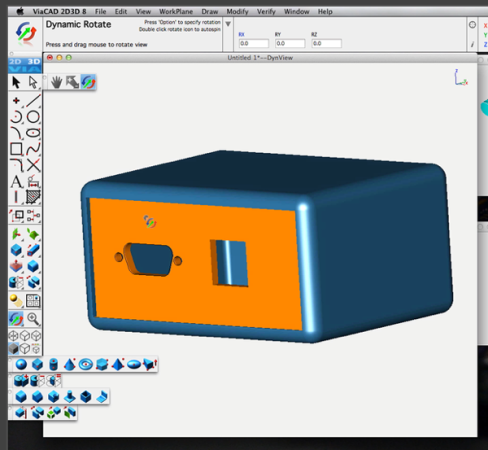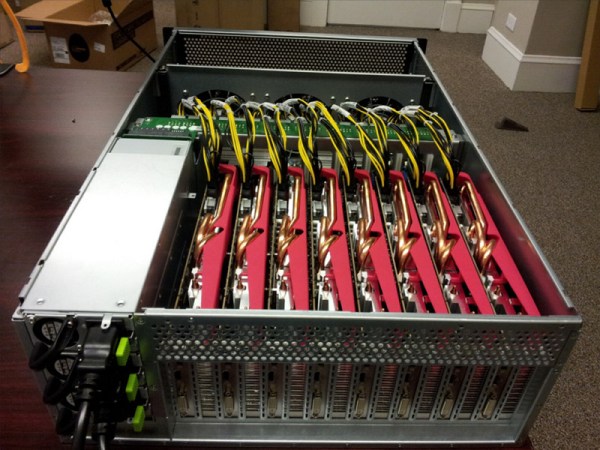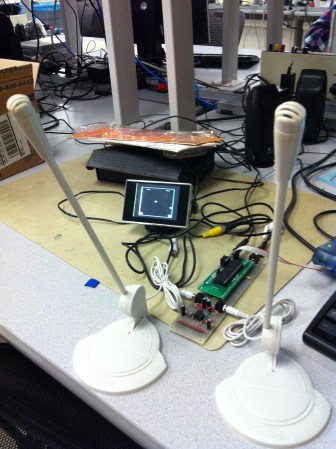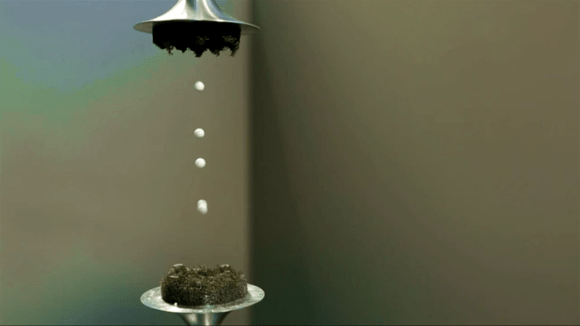
To be honest, we’ve heard of dithering but that’s the extent of our knowledge on the topic. After looking through [Windell’s] post about using Dithering in Processing we can now say we’ve got a base of knowledge on the topic.
Dithering is used to produce an image out of two colors that our eyes can put together into something meaningful. The history of the algorithms goes back to monochrome displays. But now the hobby electronics we work with for fun have comparable computing power and perhaps it’s time to rediscover these techniques. [Windell’s] project implements the Atkinson dithering algorithm in real-time on your webcam. He’s doing this in Processing, which should make it pretty easy to port for your own purposes.
So why might you want to use dithering in your own projects? Because if it can be used to make very cool milled artwork there must be other undiscovered uses lurking around your workshop.

















